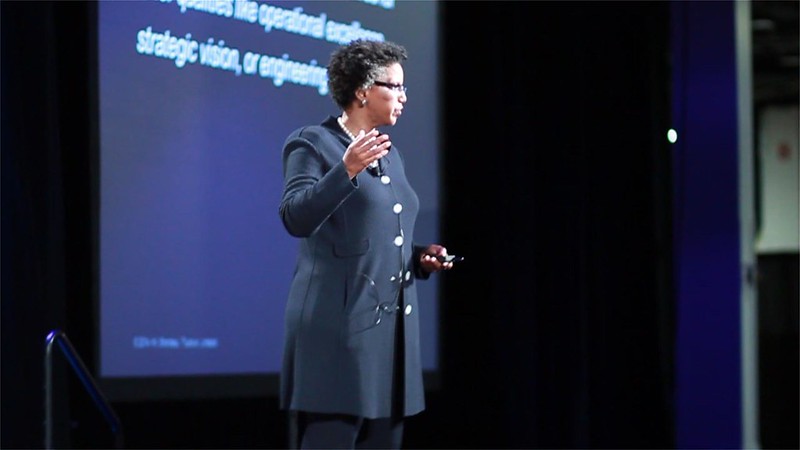Harvard Business School's Linda Hill, author of 'Collective Genius,' a 2013 Thinkers50 honoree and one of the women in innovation we celebrated last year, with her team conducted extensive research and concluded there are pronounced differences between the qualities associated with traditional business leadership and those required to sustain a culture of innovation. 'The most effective leaders will lead from behind,' said Hill.
'It's a matter of harnessing people's collective genius, because most innovation is the result of a collaborative effort by a diverse group.' Hill says that, ideally, innovation should not be the exclusive purview of an individual or the domain of a skunkworks or dedicated function; it should be the shared responsibility of everyone in the company.
'Breakthroughs happen when 'ordinary' people make extraordinary contributions,' Hill notes.
'A leader drives innovation by making it safe and possible for people to innovate,' she added, noting that organizations are complex social systems that by their nature often suppress or at least inhibit the trust and freedom needed for innovation to thrive.
To drive innovation, according to Hill, leaders must foster three key organizational competencies:
1. Creative abrasion (the ability to generate ideas through discourse and debate)
2. Creative agility (the ability to test and refine ideas rapidly)
3. Creative resolution (the ability to make decisions in an integrative way)
It's also worth noting that Hill's research also confirmed what Operation Smile's Dr. Magee had said the day prior at the Front End of Innovation 2014: People crave meaning and purpose in their work lives. 'People want to be associated with organizations that serve as positive forces in the world,' Hill said.*
*Excerpted from the 14-page FEI 2014 Executive Summary, now available here.







